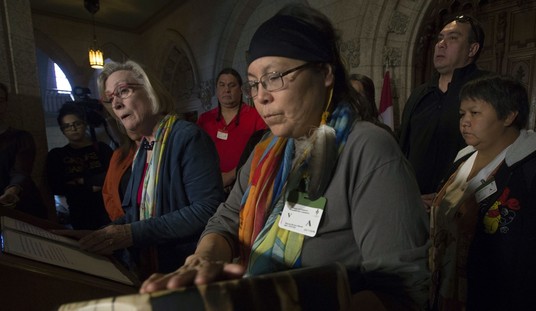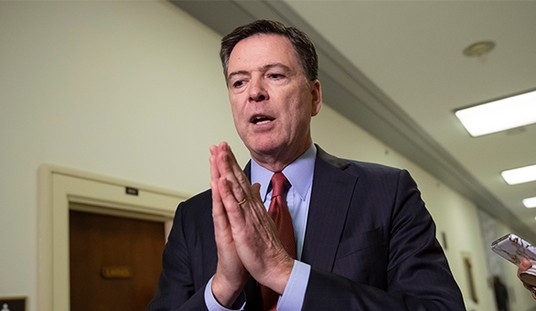The question is important because public health emergencies allow governments to ignore the usual restrictions or restraints upon their actions. In public health emergencies, governments can override property rights and abrogate all kinds of civil liberties such as freedom of movement. They can .r our goods and tells us where to go and where to stay. They do so only for our own good: health being the highest good, of course.
A recent edition of the New England Journal of Medicine discusses the issue in the context of the declaration of a public health emergency in Massachusetts by the governor of that state, Deval Patrick.
In most people’s minds, no doubt, a public health emergency would be something like the Black Death, the epidemic of plague that wiped out a third of Europe’s population in the fourteenth century. A natural disaster of large proportions might also count, not only because of the death and injury caused directly by the disaster, but by the epidemics which often follow such disasters.
What, then, was the public health emergency that “obliged” Patrick to declare that it existed and that he could and should take uncontrolled administrative measures to halt it?
It was the epidemic of deaths by opioids in the state. For example, 140 people had died there of heroin overdose in the previous 4 months, which is a lot of people for such a means of death. It is between 6 and 8 times the rate of such deaths in Great Britain. But does this excess of deaths really constitute a situation so serious that normal legal procedures should be abandoned?
There are over 50,000 deaths annually in Massachusetts, and 140 is therefore a small addition to their number. The raw number of deaths caused is not the sole determinant of whether a situation is a public health emergency or not, of course; a much smaller number of deaths in Massachusetts caused by Ebola virus would be a very serious crisis indeed (it would hardly take a governor’s decree for people to realize it). What has also to be taken into account is the capacity of the cause of death to spread uncontrollably, or uncontrollably other than by exceptional means.
In this case, limitless spread is very unlikely. The cause of the “epidemic” is not an alien force such as a virus or a volcano, but the bad practice of doctors and the behavior of patients. The authors of the article in the journal approve the measures taken by the governor under his self-declared emergency powers – the provision of an antidote, naloxone, to addicts, an increase of $20 million funding for addiction therapy, the closer monitoring of the prescriptions issued by doctors – but this is not really the point. The question is whether the situation is so serious that normal procedures have to be overridden.
Words such as “public health emergency” cannot be defined so narrowly that there is a clear and unequivocal dividing line between an emergency and a non-emergency. We cannot demand of words more accuracy than they can provide, which is why human judgment will always be necessary. In my opinion, however, the governor’s judgment was wrong in this case. If this was a public health emergency, then a great deal of what goes on is a public health emergency and we are on the slippery slope to a purely administrative state.
Needless to say, the authors did not mention the possibility that there was a categorical difference between a viral epidemic and an increase of deaths caused by irresponsible human conduct, whether of doctors or of patients.
****
image illustrations via shutterstock / Artem Furman /










Join the conversation as a VIP Member